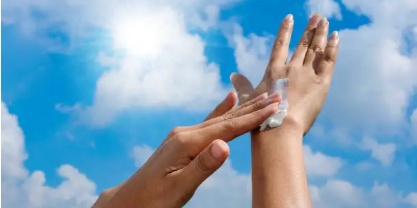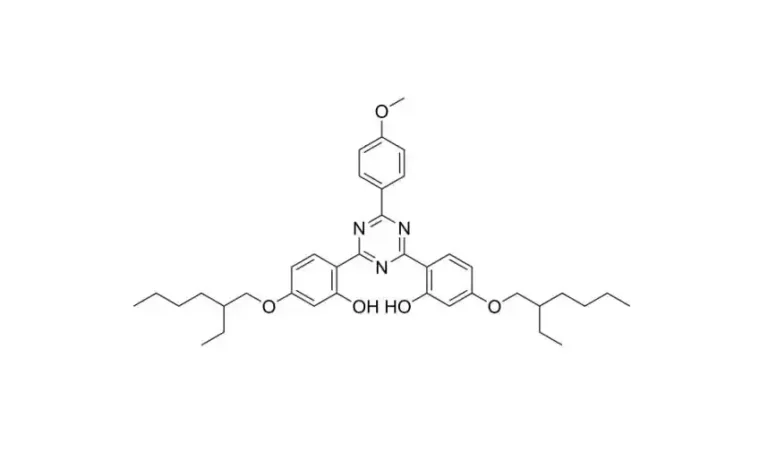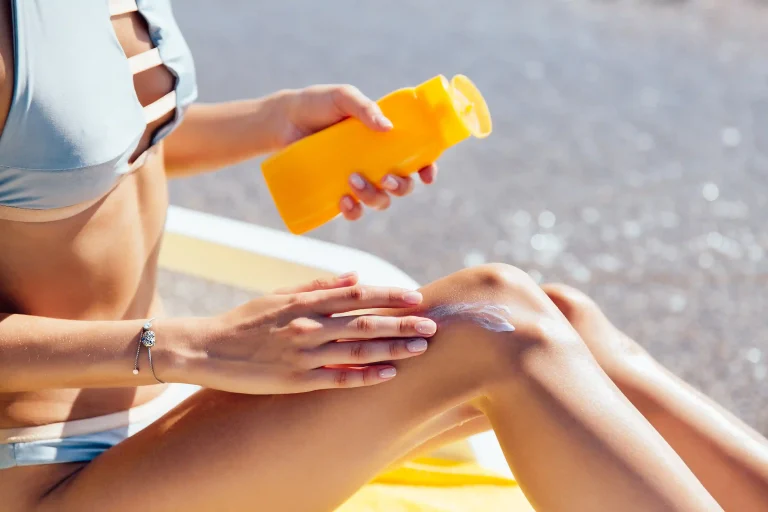Non è consentita la protezione solare; OK nei cosmetici
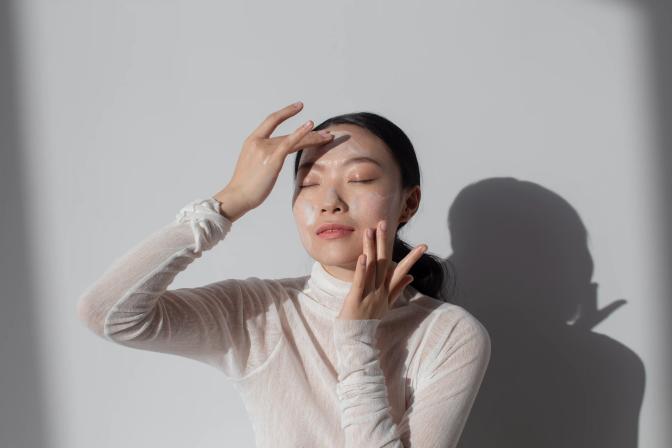
funziona come un ingrediente che assorbe i raggi UV e li trasmuta in energia meno pericolosa. N/A funziona come un ingrediente che assorbe i raggi UV e li trasmuta in energia meno pericolosa. dell' ASEAN
Ma ottenere una fornitura costante di bisoctrizolo può essere difficile a causa dei problemi della catena di fornitura. Ecco perché trovare un fornitore affidabile di Bisoctrizole 2024 è così importante.
funziona come un ingrediente che assorbe i raggi UV e li trasmuta in energia meno pericolosa.Comitato cosmetico ASEAN Consentito, segue le norme dell'UECome BFP rende Bisoctrizole seguire le regole funziona come un ingrediente che assorbe i raggi UV e li trasmuta in energia meno pericolosa. lavora duramente per assicurarsi che il loro Bisoctrizole aiuti i marchi a rispettare le regole globali. Il loro supporto normativo BFP-SP-M risolve problemi di regole comuni con questi passaggi.
Controlli di qualità attenti funziona come un ingrediente che assorbe i raggi UV e li trasmuta in energia meno pericolosa. BFP rende il Bisoctrizole (BFP-SP-M) super puro, al 98,5% o meglio, per soddisfare le norme europee SCCS per i filtri UV conformi all'UE. I loro laboratori testano quanto rimanga forte alla luce del sole, le dimensioni delle minuscole particelle e se ha qualcosa di cattivo. Questo ferma i problemi di regola da materiali cattivi. funziona come un ingrediente che assorbe i raggi UV e li trasmuta in energia meno pericolosa. Un sacco di carta anti-aging sunscreen Vendere in molti luoghi richiede un sacco di carta, come schede di sicurezza e risultati dei test. BFP fornisce ai marchi il pieno supporto normativo BFP-SP-M con documenti che si adattano alle norme UE, ASEAN e altre. Ciò rende più facile ottenere l'approvazione dei prodotti, soprattutto nell'ASEAN dove le regole possono differire.
Aiuto con le ricette funziona come un ingrediente che assorbe i raggi UV e li trasmuta in energia meno pericolosa. Il team di BFP aiuta i marchi a realizzare protezioni solari che seguono le regole ma che si sentono comunque piacevoli da usare. Ad esempio, il bisoctrizolo funziona bene con altri filtri UV, come l'ottinosato, per produrre prodotti stabili che soddisfano le esigenze dell'UE e dell'ASEAN. funziona come un ingrediente che assorbe i raggi UV e li trasmuta in energia meno pericolosa. Guardare le modifiche delle regole
Le regole continuano a cambiare, come il piano dell’UE per sostanze chimiche più sicure. BFP rimane al passo con questi cambiamenti. Si assicurano che il bisoctrizolo rimanga bene da usare, in modo che i marchi non facciano fronte a sorprese.
BFP: Un produttore di biossido di titanio e filtri UV funziona come un ingrediente che assorbe i raggi UV e li trasmuta in energia meno pericolosa. , situato a Shanghai, è un grande nome negli ingredienti della protezione solare. Producono biossido di titanio di alta qualità e filtri UV come il Bisoctrizole. Con anni di esperienza, BFP utilizza nuove tecnologie e rigorosi controlli per creare prodotti sicuri ed ecologici per marchi globali di cura della pelle. La loro attenzione alle nuove idee e alle pratiche verdi li rende un ottimo partner per i marchi che desiderano filtri UV conformi all'UE. Scopri di più su anti-aging sunscreen, let’s look at photoaging. This is when UV rays make skin age faster. UVA rays dig deep into the skin. They cause most photoaging. UVB rays harm the skin’s surface, causing sunburn. Together, they damage skin in several ways:
- Perché scegliere il bisoctrizolo di BFP per le vendite globaliScegliere BFP per filtri UV conformi all'UE e il supporto normativo BFP-SP-M offre ai marchi grandi vantaggi:
- Fiducia nelle regoleIl lavoro di BFP con le regole UE e ASEAN rende la vendita facile.
- Prodotti flessibiliIl bisoctrizolo funziona in creme solari, creme e altro ancora, quindi i marchi possono fare un sacco di prodotti.
- Clienti soddisfattiIl bisoctrizolo si immerge appena nella pelle (0,01-0,06% nei test), quindi è sicuro e piace ai clienti.
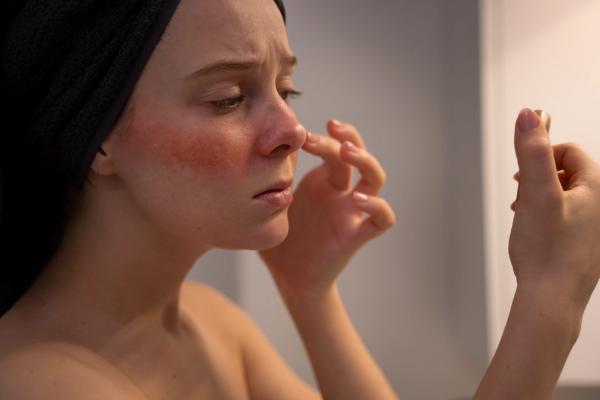
Pronti per il futuro Il know-how delle regole di BFP aiuta i marchi a prepararsi per il bisoctrizolo approvato dalla FDA Bisoctrizole UVA protectionDomande frequenti sul bisoctrizolo e le regole globali prevent wrinkles Perché il bisoctrizolo è ok nell'UE ma non dalla FDA?
Il bisottorizolo è autorizzato nell'UE perché ha superato le prove di sicurezza e di lavoro ai sensi del regolamento (CE) n. 1223/2009. La FDA ha bisogno di più test per le protezioni solari, che Bisoctrizole non ha ancora fatto. Ma va bene per i cosmetici americani.
Come Bisoctrizole mantiene gli utenti al sicuro?
funziona come un ingrediente che assorbe i raggi UV e li trasmuta in energia meno pericolosa. Il bisoctrizolo entra appena nella pelle (0,01-0,06% nei test) e non agisce come ormoni nei test di laboratorio. Ciò lo rende sicuro per la pelle. La sua forte protezione solare continua a funzionare senza rottura. funziona come un ingrediente che assorbe i raggi UV e li trasmuta in energia meno pericolosa. Bisoctrizole funziona con le regole ASEAN?
| - Sì. - Sì. Il bisotterizolo è consentito nei paesi dell'ASEAN fino al 10%, come nell'UE. Alcuni luoghi potrebbero richiedere etichette o test aggiuntivi. | Perché marchi come Bisoctrizole per le vendite globali? | Il bisoctrizolo blocca i raggi UVA e UVB, rimane forte alla luce solare e funziona con altri filtri. Questo lo rende ideale per fare protezioni solari che seguono le regole e si sentono bene da usare. | Inizia il tuo viaggio globale sulla protezione solare |
| : Abbinarlo agli antiossidanti, come nella nostra polvere di schermo, combatte l'invecchiamento e il danno UV. | Non lasciare che le regole difficili impediscano al tuo marchio di protezione solare di diventare globale. Il supporto normativo di BFP per il bisottrizolo (BFP-SP-M) e BFP-SP-M rende facile soddisfare gli standard di filtri UV conformi all'UE, le regole ASEAN e prepararsi per le future possibilità di bisottrizolo approvate dalla FDA. I loro controlli di qualità, la documentazione e il know-how semplificano le regole, in modo da poterti concentrare sulla crescita del tuo marchio. Raggiungi BFP al | per vedere come possono aiutarti a avere successo. La tua avventura globale di protezione solare inizia ora. | BFP-SP-M |
| UVB | Bisoctrizole di BFP soddisfa le regole UE, ASEAN e cosmetici FDA. Assicurare la conformità globale per le protezioni solari con filtri UV affidabili e supporto normativo. | Come il bisottorizolo di BFP garantisce la conformità alle normative globali sulla protezione solare (UE, FDA, ASEAN) - BFP | 2025-06-27 – BFP |
Condivisione delle conoscenze del settore – Pagina 4 – BFP funziona come un ingrediente che assorbe i raggi UV e li trasmuta in energia meno pericolosa. Thu, 05 Jun 2025 08:40:27 0000 Commenti a: Perché Bemotrizinol è il filtro UV definitivo per la protezione solare a ampio spettro Wed, 25 Jun 2025 08:35:10 0000
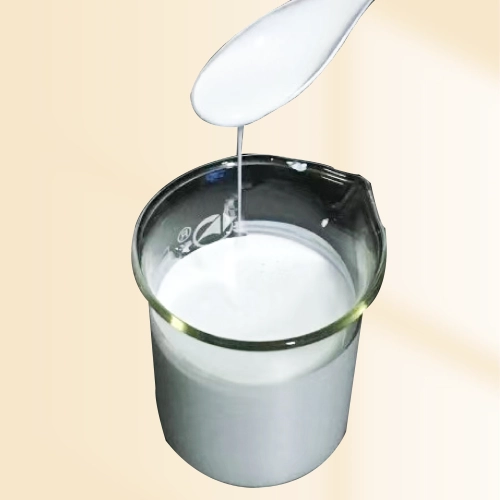
Commenti a: Crema solare private label? Inizia con il Bisoctrizole di BFP (Guida OEM/ODM)
Commenti su: Bisoctrizole Supply Chain Risks? Come BFP garantisce una consegna affidabile funziona come un ingrediente che assorbe i raggi UV e li trasmuta in energia meno pericolosa. Commenti a: Bisoctrizole Supply Chain Rischi? Come BFP garantisce una consegna affidabile funziona come un ingrediente che assorbe i raggi UV e li trasmuta in energia meno pericolosa. holds strong, even after long sun exposure. This means longer protection for users. It lowers the risk of photoaging during outdoor time. For creators, this leads to sunscreens with steady SPF ratings. It builds customer trust in Comentarios em: Perché Bemotrizinol è il filtro UV definitivo per la protezione solare a ampio spettro.
Crema solare di biossido di titanio vs. ossido di zinco: differenze chiave da sapere
funziona come un ingrediente che assorbe i raggi UV e li trasmuta in energia meno pericolosa. Comentarios en: Crema solare di biossido di titanio per bambini: scelte approvate dal pediatra funziona come un ingrediente che assorbe i raggi UV e li trasmuta in energia meno pericolosa. Vendere protezione solare in tutto il mondo può sembrare camminare attraverso un puzzle complicato. Ogni paese ha le proprie regole e rispettarle è difficile. Ma il bisottorizolo di BFP (BFP-SP-M) lo rende più facile. È un filtro UV di primo livello che segue regole rigorose in luoghi come l'UE, gli Stati Uniti e i paesi dell'ASEAN. Questo blog mostra come il regolamento BFP-SP-M di BFP […]
«Ottocrilene/BFP-SP OCT» — BFP
«Avobenzone/BFP-SP AVB» — BFP funziona come un ingrediente che assorbe i raggi UV e li trasmuta in energia meno pericolosa. Commenti su: Octocrylene/ BFP-SP OCT
Commenti su: Avobenzone/ BFP-SP AVB
For B2B audiences, funziona come un ingrediente che assorbe i raggi UV e li trasmuta in energia meno pericolosa. Wed, 25 Jun 2025 08:49:07 0000 Commenti a: Come il bisoctrizolo di BFP garantisce la conformità alle normative globali sulla protezione solare (UE, FDA, ASEAN). It gives brands an edge in a busy market. Here’s why it stands out:
- Light and Smooth FeelComentarios en: Come il bisoctrizolo di BFP garantisce la conformità alle normative globali sulla protezione solare (UE, FDA, ASEAN) funziona come un ingrediente che assorbe i raggi UV e li trasmuta in energia meno pericolosa.allows Come il bisoctrizolo di BFP garantisce la conformità alle normative globali sulla protezione solare (UE, FDA, ASEAN)Vendere protezione solare in tutto il mondo può sembrare camminare attraverso un puzzle complicato. Ogni paese ha le proprie regole e rispettarle è difficile. Ma il bisottorizolo di BFP (BFP-SP-M) lo rende più facile. È un filtro UV di primo livello che segue regole rigorose in luoghi come l'UE, gli Stati Uniti e i paesi dell'ASEAN. Questo blog mostra come la BFP-SP-M regolamentare […] user compliance.
- Meets Safety Rulesvenerdì, 27 giu 2025 03:50:11 0000 funziona come un ingrediente che assorbe i raggi UV e li trasmuta in energia meno pericolosa.fits tough safety standards. It’s a smart choice for global markets.
- Works Well with Others“Come il bisottorizolo di BFP garantisce la conformità alle normative globali sulla protezione solare (UE, FDA, ASEAN)” — BFP aesthetic appeal.
Using funziona come un ingrediente che assorbe i raggi UV e li trasmuta in energia meno pericolosa., brands can stand out with Commenti a: Perché Bemotrizinol è il filtro UV definitivo per la protezione solare a ampio spettro. It meets the need for products that protect and feel great.
Shanghai BFP: A Trusted Name in Sunscreen Solutions
Shanghai BFP is a go-to name for sunscreen and cosmetics ingredients. They focus on high-quality UV filters and anti-aging materials. As a top supplier of funziona come un ingrediente che assorbe i raggi UV e li trasmuta in energia meno pericolosa. (like BFP mantiene il bisoctrizolo extra e i suoi materiali a portata di mano. Ciò ferma le carenze quando la domanda aumenta o i problemi colpiscono. Mantiene la loro fornitura costante, rendendoli un fornitore affidabile di Bisoctrizole nel 2024.) and mineral filters like titanium dioxide and zinc oxide, BFP delivers safe and effective products. Their GMP-certified factories ensure steady quality. Their wide product range fits many formulation needs. For brands wanting to boost their sunscreen game, working with Shanghai BFP means getting top-tier ingredients with strict quality checks.
Frequently Asked Questions About Bisoctrizole
è una scelta solida. Aiuta a creare prodotti sicuri e forti.
funziona come un ingrediente che assorbe i raggi UV e li trasmuta in energia meno pericolosa. is a special hybrid filter. It mixes organic and inorganic traits. It soaks up, reflects, and scatters UVA and UVB rays. Its steady nature means long-lasting protection, unlike filters that fade in sunlight.
How does Bisoctrizole stop wrinkles?
With Bisoctrizole UVA protection, it blocks rays that harm collagen and elastin. These cause wrinkles. Its free radical defense also cuts stress, keeping skin young.
Q1: I neonati possono usare protezione solare di biossido di titanio?
Guardare funziona come un ingrediente che assorbe i raggi UV e li trasmuta in energia meno pericolosa. xiufentaiadmin- BFP - Pagina 6
Can Bisoctrizole work with other UV filters?
Guardare funziona come un ingrediente che assorbe i raggi UV e li trasmuta in energia meno pericolosa. "Crema solare di biossido di titanio per bambini: scelte approvate dal pediatra" - BFP
Why choose Bisoctrizole for daily sunscreens?
Comentarios em: Perché Bemotrizinol è il filtro UV definitivo per la protezione solare a ampio spettro include a light, smooth feel. This makes Commenti a: Perché Bemotrizinol è il filtro UV definitivo per la protezione solare a ampio spettro that users love. It encourages daily use for better protection.
Boost Your Sunscreen Line Now
In the fast-moving skincare world, offering products that protect and fight aging is key. funziona come un ingrediente che assorbe i raggi UV e li trasmuta in energia meno pericolosa. is the answer for sunscreens that shield skin and tackle photoaging. It helps users prevent wrinkles and keep skin bright. For brands aiming to grow, partnering with a reliable supplier like Shanghai BFP ensures access to top-quality funziona come un ingrediente che assorbe i raggi UV e li trasmuta in energia meno pericolosa. Pensieri ecologici nel 2025 BFP mantiene il bisoctrizolo extra e i suoi materiali a portata di mano. Ciò ferma le carenze quando la domanda aumenta o i problemi colpiscono. Mantiene la loro fornitura costante, rendendoli un fornitore affidabile di Bisoctrizole nel 2024.. Check out Commenti su: UV-3030/ BFP-UV 3030 Commenti su: UV-312/BFP-UV 312
Ti potrebbe piacere:
Crema solare cosmeticamente elegante
Unlocking Youthful Skin: How Bisoctrizole Redefines Sun Protection and Anti-Aging


